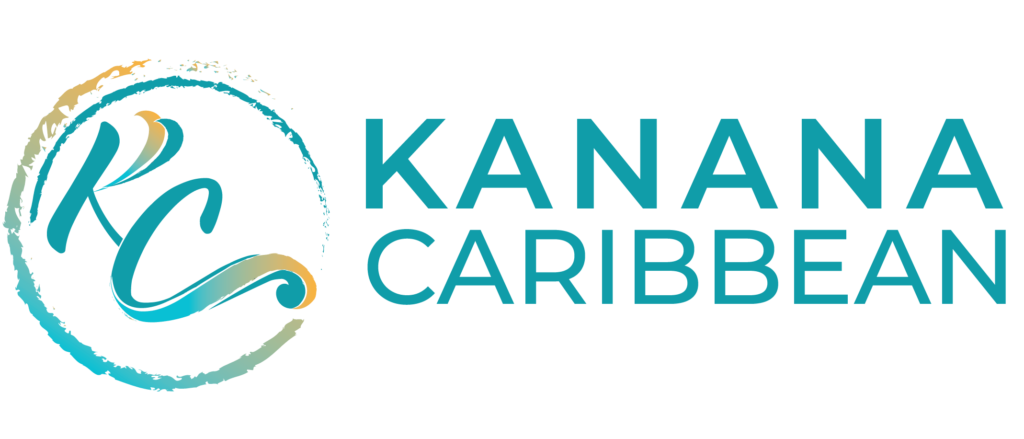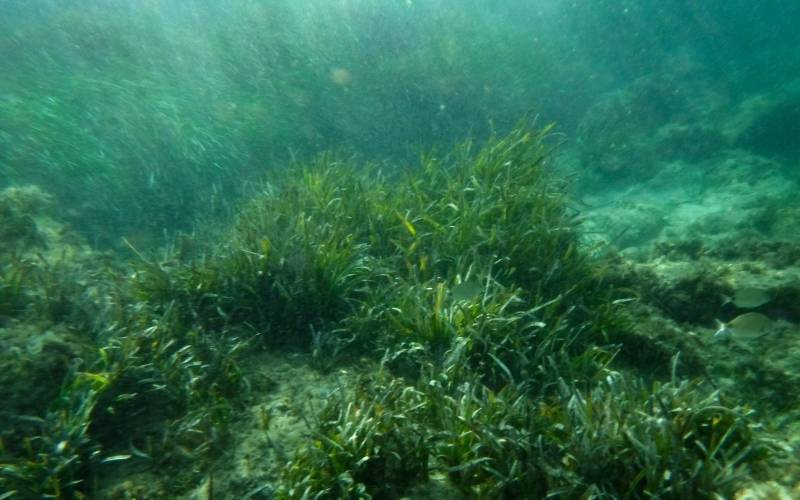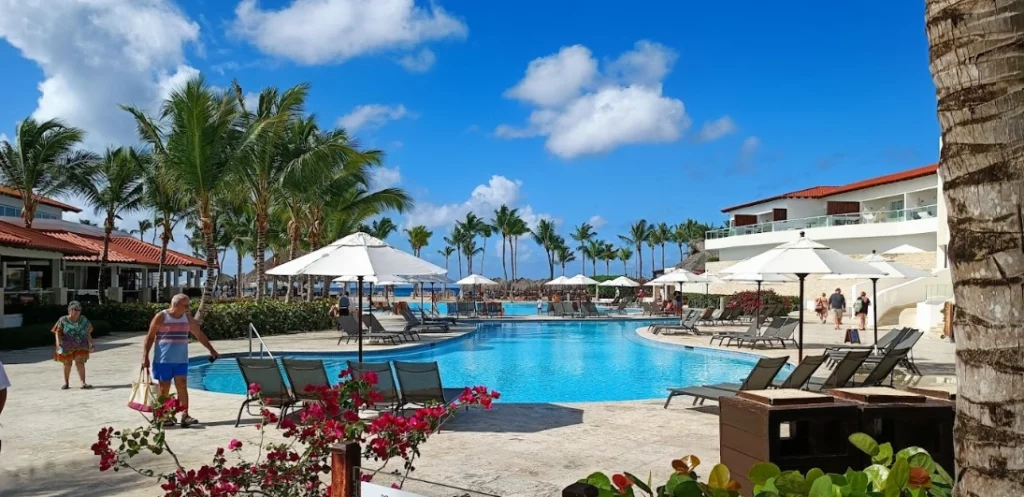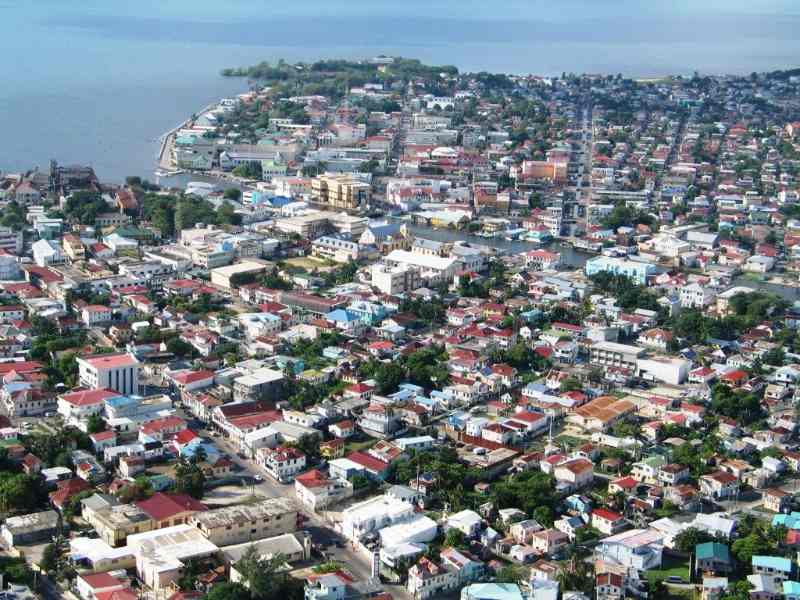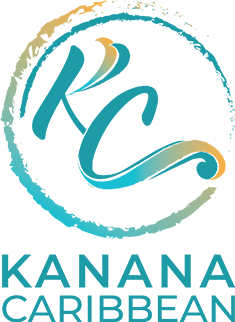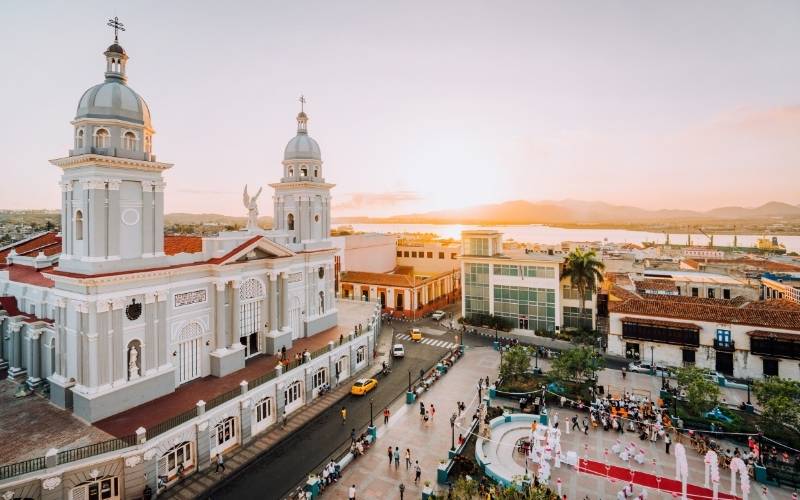
Home » Travel Back in Time With The Fascinating History of Turks & Caicos
Travel Back in Time With The Fascinating History of Turks & Caicos
The Turks and the Caicos islands are known for having a really interesting past. The island’s history is all about the first human habitation that occurred around 1000 years back.
How interesting is that! The Turks and the Caicos Islands is a tropical archipelago of eight huge islands and many small cays and islands. This makes up a total of around 100 named islands, rocks, as well as cays.
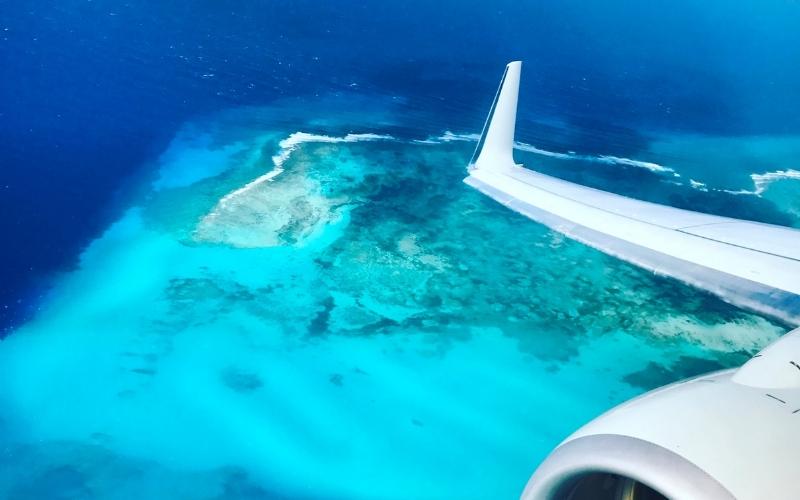
As the name suggests, the country has two island groups, including the Turks Islands and Caicos Islands.
When we talk about the Turks islands, it includes Grand Turk, the Salt Cay, and many other Caicos islands, including West Caicos, North Caicos, East Caicos, and South Caicos, Ambergris Caye, as well as Providenciales.
There are only a total of eight islands on the Turks and the Caicos.
The History Of Turks And Caicos Islands
Table of Contents
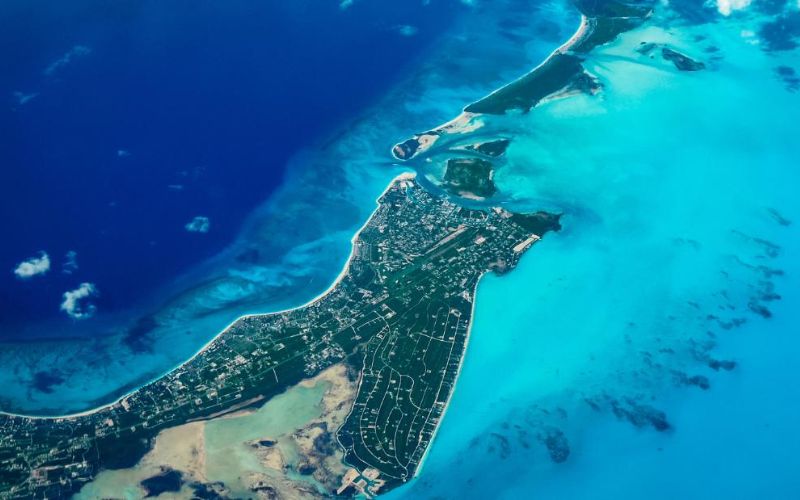
It is known that the people who permanently inhabited these islands are now the Turks and Caicos; previously, they were the Lucayans. These individuals were a subset of Taino language people who migrated towards the north through the Caribbean from South America.
They settled in the islands around the time period 700-1000 AD. When Christopher Columbus arrived in 1492, the Lucayans disappeared from the Turks, Caicos, and Bahamian Archipelago. This was due to different reasons; however, the main one was the Spanish slavery for silver and gold mining in different areas of America, as well as the pearl diving industry.
In the 1500s and early 1600s, the Turks and Caicos were uninhabited, and they used to visit occasionally as explorers, salt gatherers, and other related reasons. Some of the most famous European explorers made their stops in the islands. These include Juan Ponce De Leon, Martin Alonso Pinzon, Captain John White, and Richard Grenville.
In the late 1600s, the scourge of privacy was established in the Caribbean. Archipelago, eastern North America, as well as the Bahamian. Many pirates and privateers started visiting the Turks and the Caicos on a regular basis because of sources like fresh water and a lot of places to hide as well as prey on passing vessels.
Moving on, during the late 16th century and the 17th century, the Bermudians regularly visited the Salt Cay and the Grand Turk to rake salt. This was also when the foundations for the sea salt industry were laid. For three years and a half-century, salt exports were the main source of income for the islands.
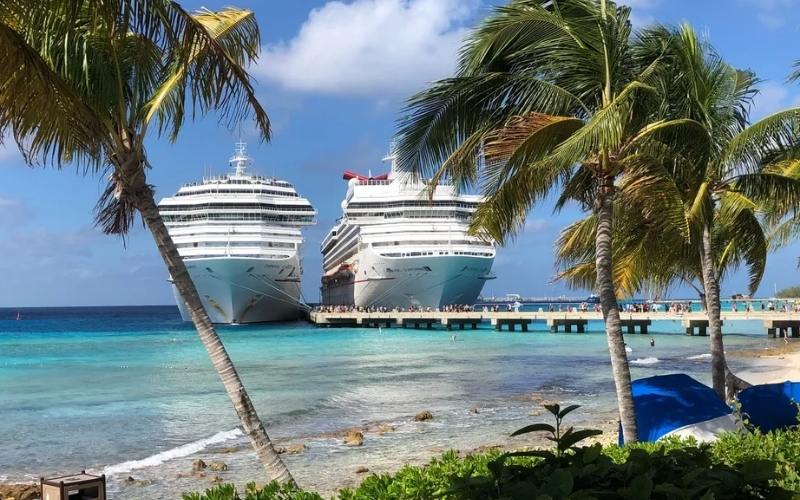
Moving into the 18th century, some European powers claimed the control of the Turks and Caicos, and the Spanish, French, and the British contested the control. It is also known that Horatio Nelson suffered one of his biggest defeats when he attempted to retake Fire Hill on the Grand Turk from the French.
Later, Control of Grand Turk was returned by the 1783 Treaty of Versailles. After this, the Turks and Caicos was a colony of Great Britain. After the American War of Independence, the British Loyalists were displaced from the American Colonies when they migrated to the Turks and Caicos starting in the year 1783. Many of them went on to form cotton plantations.
At this very time, American slaves were brought in by the Loyalists in order to work in the cotton fields. During the 19th century, there was an economic change and some social development in the Turks and Caicos. The cotton industry had failed due to diseases as well as hurricane damage.
The salt industry brought a lot of wealth and cultural and civic improvement to Grand Turk, South Caicos, and Salt Cay. There was also the introduction of new industries on Caicos Island, including sisal planting, sponging, and guano mining. Moreover, the capital city of Cockburn Town was also developed, including many schools, churches, and the Grand Turk Lighthouse.
However, due to the financial failure of the local presidency during this time, the Turks and Caicos were annexed to the British colony of Jamaica. During the mid-1800s, the Caicos Islands had inclusions of African people and their heritage, independent of the slaves brought by the Bermudian salt rakers and Loyalists during the time when the Spanish slave ships Trouvadore and Esperanza were ruined at East Caicos.
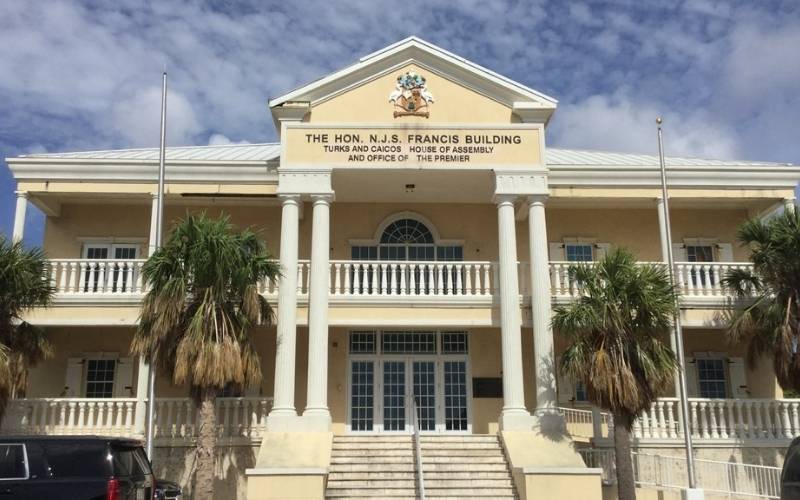
Moreover, some of the survivors were also freed in the Islands. Different settlement names, including Bambarra and Mangatown on Middle Caicos, reflect this in African culture. When we talk about the 20th century, there was a huge decline in the salt industry as well as agriculture.
This happened because of the poor international competitiveness of the small local scales of production. During the 1950s, the United States built Navy, Air Force, and Coast Guard bases in the Turk and Caicos Islands. This brought a lot of income to the economy, which was very much needed. This change occurred due to governance as well.
The Turks and Caicos also transitioned to the British Overseas Territory with an element of self-rule due to the independence of Jamaica from the United Kingdom. During the 1980s, the island of Providenciales, as well as the entire country, moved towards its transformation as a tourism destination.
The start of this was due to the construction of the Turtle Inn, the Club Med Turkoise resort, and the Providenciales International Airport. Moreover, the Grace Bay Beach, known worldwide, was also accessible to international tourists, and people got to know more about the crystal clear water, the white sand beaches, and the exquisite reefs of the area.
The Lucayans and Pre-Columbian Settlement

The first inhabitants of the Turks and Caicos were the Lucayans, also known as the Tainos, Lucayan, and Indians. It is known that these individuals migrated to the islands through the southern Caribbean from South America in 700 AD.
Investigations show that life was simple for these people. However, during the 1400s, a lot of difficult agriculture practices came into existence. Regular trading took place between Turk and Caicos and the neighbors Hispaniola. This is the island that is home to Haiti as well as the Dominican Republic, as well as Puerto Rico.
Different things were traded, such as salt and dried conch for honey, tools, fruits, and canoes. Moving on, hunting and fishing were the main sources of food during the time, and planting maize, as well as manioc for food as well as cotton for textiles, was one of the best ways to lead daily lice.
New evidence and investigations show that hutia and iguanas were raised for food since hutia bones were recovered over the years, which shows a huge dietary influence of maize. However, there is not much evidence in order to be sure, but it is possible that different terrestrial animals were there in the Turks and Caicos.
Some of these animals include large iguanas, land tortoises, hutias, as well as dwarf crocodiles. If these animals did exist in the islands, they must have hee. Hunted to extinction by the pre-Columbian people. The Turks and Caicos rock iguana is known to be the largest indigenous land animal that remains.
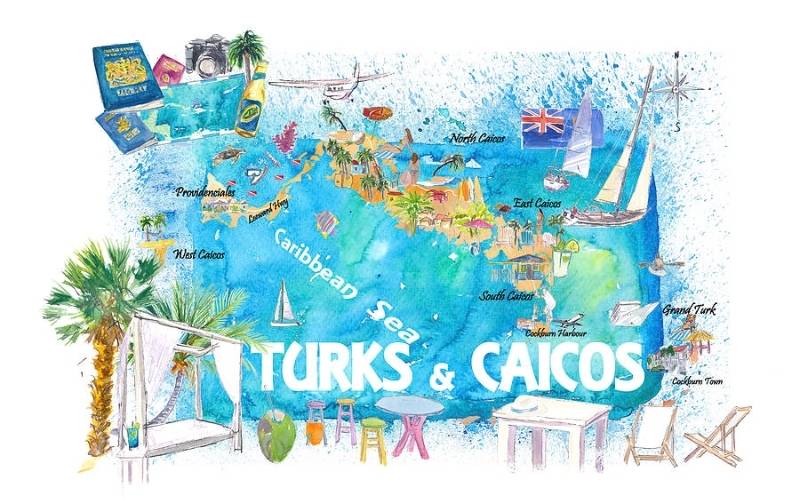
The Lucyan structures in the Turks and Caicos were very small to mid-sized hurts, in the small villages in different coastal locations. Evidence shows that different caves were used to seek shelter during storms and for different ceremonial occasions. Some of the remains of these individuals include small artifacts such as the palmetto ware pottery shards, stones, and shell tools.
Some of the best Lucayan artifacts that still exist today from the islands are wood Duho seats, and about ten of these were found in the area. Another artifact includes the North Creek canoe paddle. The Turks and Caicos National Museum in the Grand Turk has the paddle and a duho. Moreover, the best collection of artifacts found in the area is also preserved by the Smithsonian Institute in Washington DC.
However, when it comes to the Lucayan populations were decimated once Columbus arrived due to Spanish slavery as well as disease. It is known that the last of the Lucayans in the Turks and Caicos had disappeared by the early 1500s.
The Independence Movement and Self Governance ...🛪
During the 1970s and the 1980s, many former British Colonies gained independence. This was when there were calls for the Independence of the Turks and Caicos.
In 1980, the Government at the time, the People’s Democratic Movement, agreed with Britain to be re-elected during the year, and independence would be granted in the year 1982. This is why the 1983 elections became a referendum on the public. The PDM lost while the PNP won and an option for independence was not there anymore.
However, during the 2000s, there were a few discussions regarding independence; however, no party made it a campaign issue since 1980. Over the years, there have been discussions about the Turks and Caicos joining Canada.
Find out more about Kanana Caribbean island facts, vacation planning, sightseeing, travel deals, and possible upcoming events
